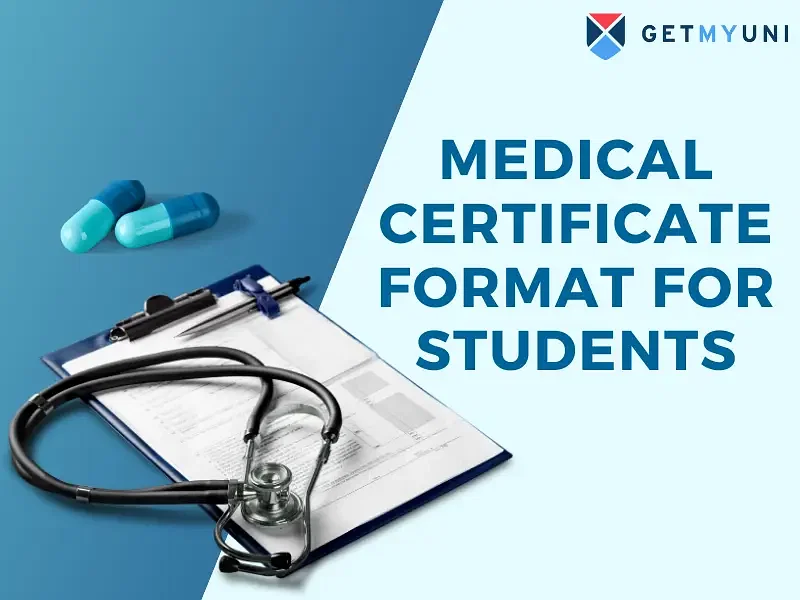A curriculum in education is a structured series of experiences that follow standards to help students become proficient in both subject and applied learning abilities.
What is Curriculum in Education: To ensure that every student has access to challenging academic experiences, the curriculum serves as the primary source of guidance on critical teaching and learning practices for all educators. A curriculum is holistic in nature, it includes the course as a whole. It encompasses pedagogy, content, and assessment.
A curriculum's structure, organization, and concerns are designed to improve student learning and make instruction easier. Keep reading the article to know more about the curriculum in education.
Definition of Curriculum in Education
Lessons and academic material taught in a school or during a particular course or program are referred to as the curriculum in education.
There are majorly four types of division of curriculum in education.
- Implicit Curriculum: This section of the curriculum is inherent. This includes the ingrained school culture as well as the directives from the administration.
- Explicit Curriculum: This section of the curriculum covers both the subjects that must be taught at a college or school and the abilities that students must acquire in order to graduate.
- Hidden Curriculum: This division of curriculum is implied. It is not explicitly included in the curriculum of the boards or that of the school. This curriculum is learned by the students over time by way of their being associated with the school or college in question.
- External Curriculum: This division of curriculum includes the perspectives which are not included within the curriculum.
Also Read: Difference Between Curriculum and Syllabus
Types of Curriculum in Education
There are primarily 6 types of curriculum in education:
- Written Curriculum
- Subject-Centered Curriculum
- Student-Centered Curriculum
- Teacher-Centered Curriculum
- Activity-Centered Curriculum
- Assessed Curriculum
Also Read: Education System in India
Benefits of Curriculum in Education
Below mentioned are the advantages of the curriculum in education field.
Increase student engagement: Instructors can incorporate activities into their lesson plans that have the potential to increase student involvement in the classroom.
Develop learning goals: A teacher can set objectives for their classroom, and they can accomplish these objectives by designing a curriculum that is specific to each objective.
Seeking maximum involvement from each student: We want the best for the students when it comes to their education. The goal is to benefit as much as possible from their education.
Promotes hands-on learning: Students are encouraged to actively participate in their learning when they use a curriculum-based approach to teaching.
Strengthen student-teacher relationship: Many foreign curriculum are interactive and student-centered, which strengthens the bond between teachers and students.
Encourage critical thinking: A curriculum-based approach in education promotes critical thinking among students regarding the material they study.
Also Read: Indian Education System vs Foreign Education System
Scope of Curriculum in Education
The theory, planning, design, development, implementation, and assessment are all included in the curriculum in education. Curriculum developers can move on to the planning and development stage of the process once they have decided what should be taught, to whom it needs to be taught, and whose decision-making authority over the curriculum's content. The implementation and assessment of the curriculum come next.
Curriculum in education comprises of 5Cs which are:
- Critical thinking
- Creativity
- Communication
- Collaboration and,
- Character.
Also Read: Modern Education System










